The Science of MDMA
In our scientific work, in dealing with psychedelic substances, it is important to us to also report on these and to shed more light on them.
Therefore, we would like to start our series of articles "The Science of Psychedelics" today. In this series we would like to draw attention to the social and scientific relevance of psychedelics. For this purpose, we regularly present current knowledge from research.
In this blog post, we would like to take a closer look at MDMA. In the overview you will learn more about :
1. the history (from synthesis to drug?)
2. pharmacology (how does MDMA work in the human body?)
3. toxicology (how dangerous is MDMA?)
4. medicine (how can MDMA help sick people?)
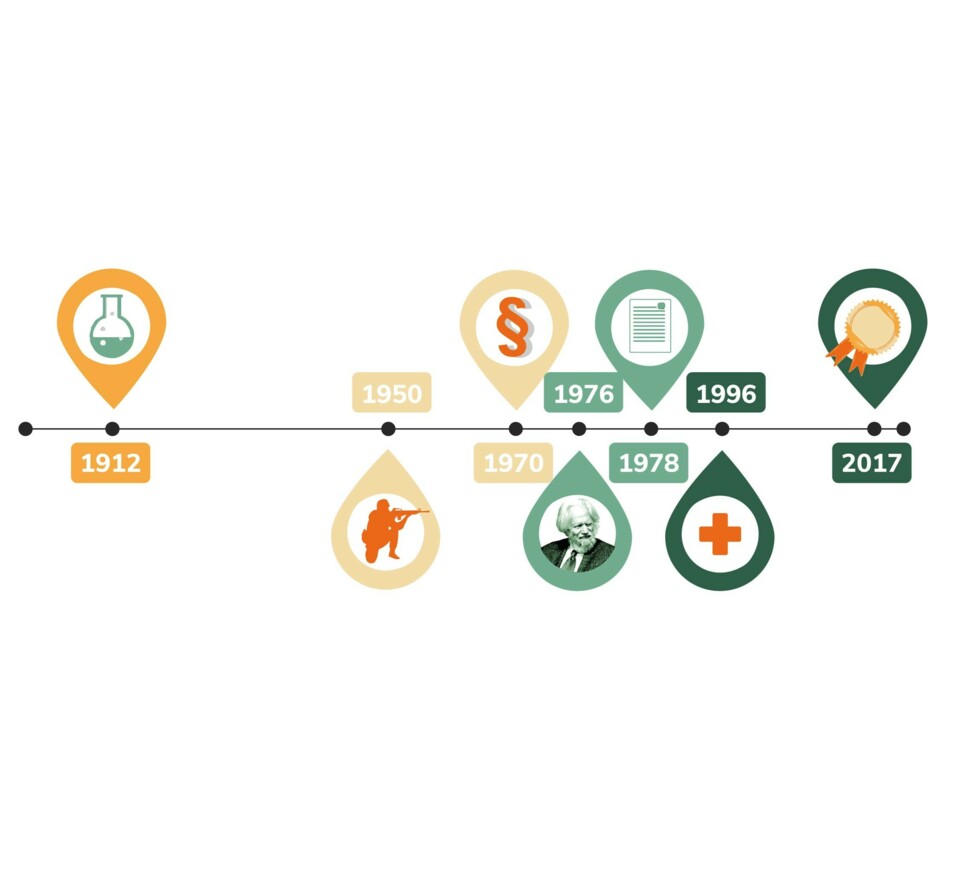
From synthesis to drug?
Some legends and myths exist around the history of MDMA's origins. In fact, it was synthesized and patented by Merck in 1912 merely as an intermediate.[1]
Thirty-eight years later, mescaline-like "truth drugs" were studied by the U.S. military for interrogation, which was the first time the effect on humans was noticed. [2]
It was not until MDMA was banned in 1970 that it was rediscovered by Alexander Shulgin in 1976, first researched for psychotherapeutic purposes in the following years with David Nichols, and the results published in 1978.[3]
After the first approved study in 1996, MDMA was awarded Breakthrough Therapy for the treatment of PTSB in 2017 (see 4).
How does MDMA work in the human body?
The psychedelic effects of MDMA, or written out 3,4-methylenedioxymethamphetamine, are often described in the literature as empathogenic or entactogenic.[1]
Translated, these terms mean "promoting empathy" and "touching the inside" and refer to its unique ability to promote connectedness with other people and introspective states compared to other psychoactive substances, such as hallucinogens or psychostimulants, which is also useful for psychotherapy. [1]
These states are triggered by an interaction with various neurotransmitters, such as serotonin, epinephrine, and norepinephrine, and also with the "cuddle hormone" oxytocin.[1]
Thus, in addition to its medicinal benefits, it can serve as an important tool for elucidating the neural mechanisms of social behavior and empathy.
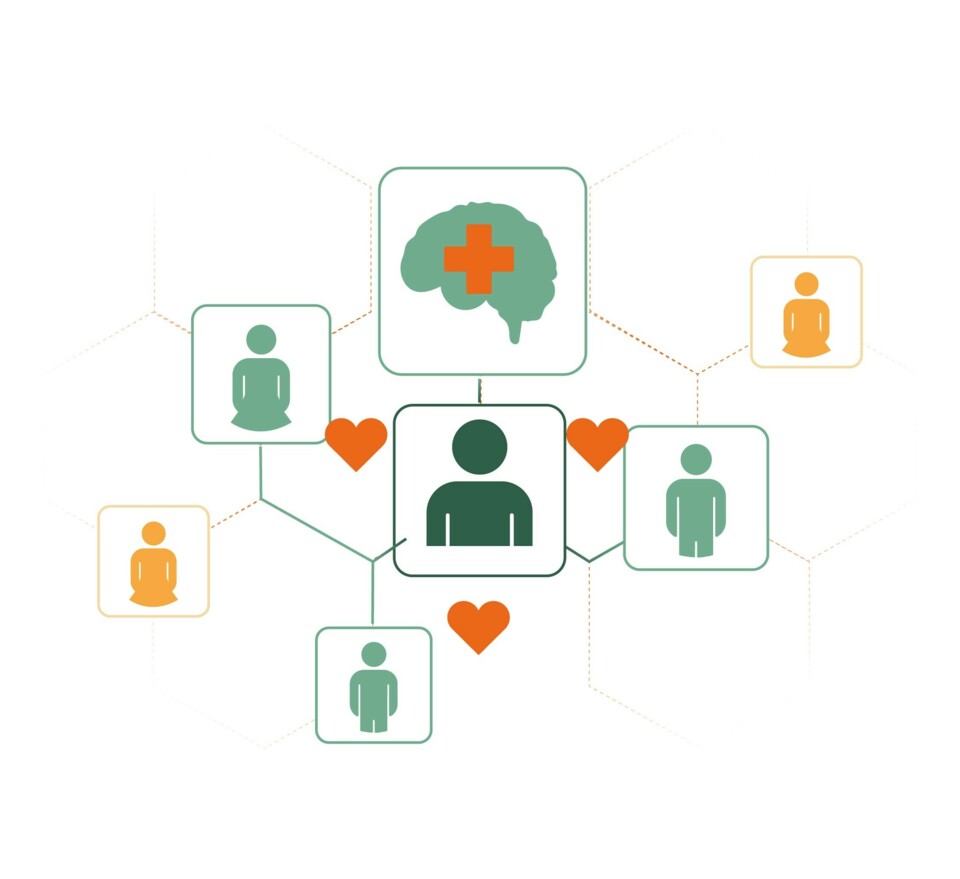
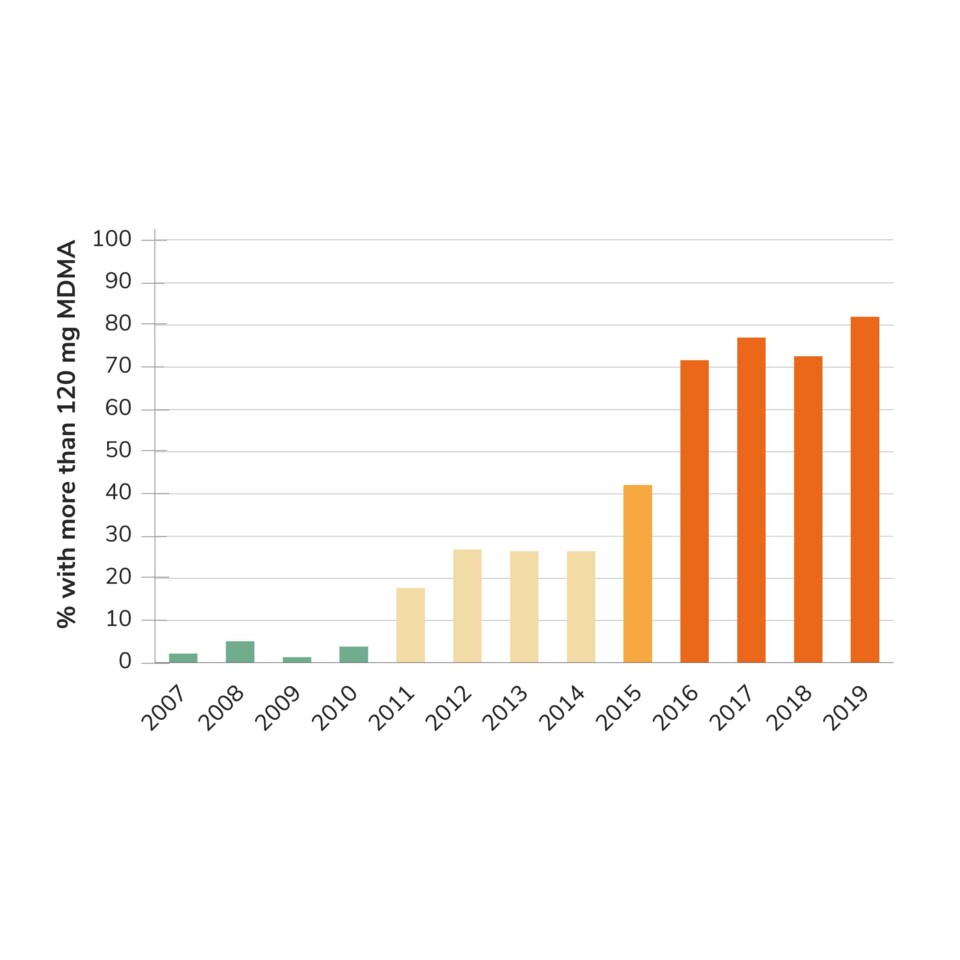
How dangerous is MDMA?
The ingestion of MDMA can sometimes have severe consequences for the health of the user. While small amounts of MDMA are only mildly neurotoxic, overdoses, mixed use (e.g. with alcohol) and impurities can sometimes trigger life-threatening conditions such as serotonin syndrome.[4-7]
This makes it all the more alarming that information centers such as the Drugscouts, checkit! and saferparty.ch are reporting ever higher concentrations of MDMA in pills.[8]
Education and chemical analysis can therefore save lives.
How can MDMA help sick people?
There are currently 92 ongoing or planned studies on the medical use of MDMA, mainly supported by the nonprofit organization Multidisciplinary Association for Psychedelic Studies (MAPS).[9]
In these cases, MDMA is being studied as a drug for mental illnesses such as mood disorders, alcohol dependence, social anxiety in autistic and cancer patients, anorexia, and post-traumatic stress disorder (PTSD).[10-11]
For the latter in particular, it works so well that it will likely soon be available as a drug in pharmacies.
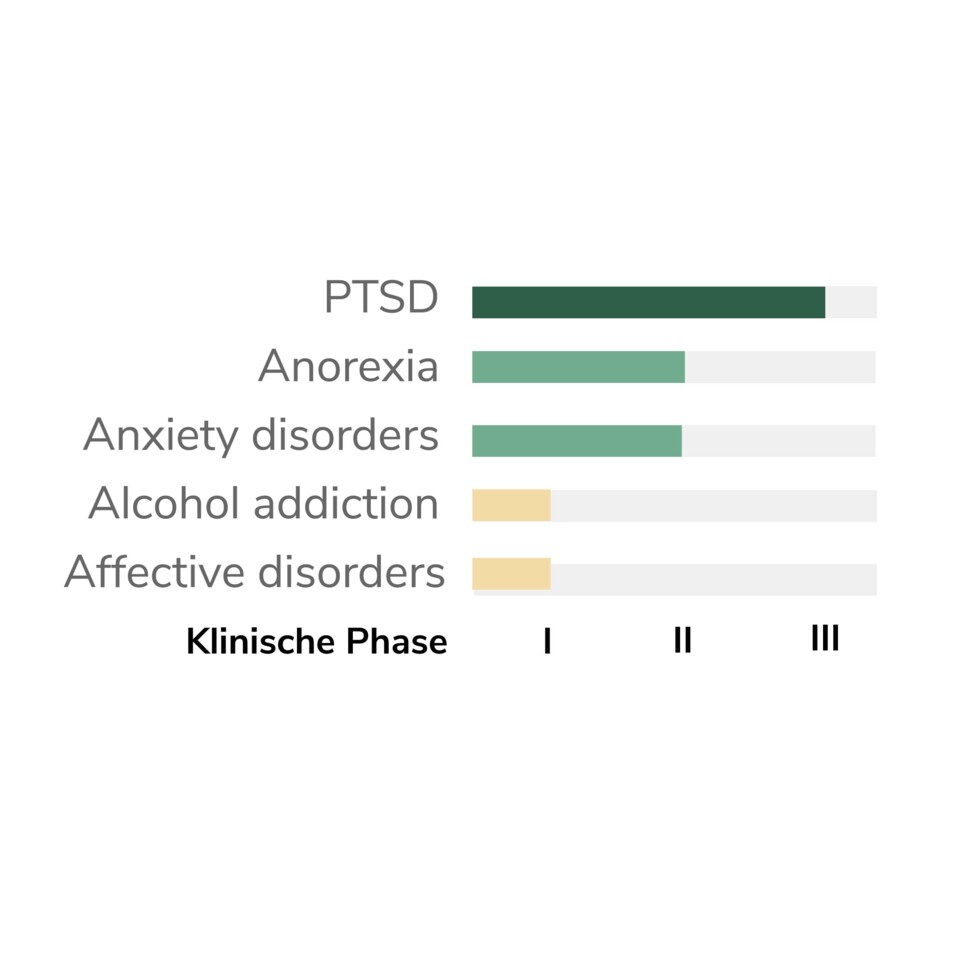
Sources
[1] L. E. Dunlap et al., ACS Chem. Neurosci. 2018, 9, 2408–2427.
[2] T. Passie, U. Benzenhöfer, Drug Test. Anal. 2018, 10, 72–80.
[3] A. T. Shulgin, D. E. Nichols, Psychopharmacol. Hallucinog. 1978, 74−83.
[4] N. S. Mustafa et al., Basic Clin. Neurosci. 2020, 11, 381–388.
[5] E. Vercoulen, L. Hondebrink, Crit. Rev. Toxicol. 2020, 51, 1–14.
[6] N. Davies, W. English, J. Grundlingh, 2018, 27.
[7] T. Steinkellner et al., Biol. Chem. 2011, 392, 103–115.
[8] checkit.wien www.saferparty.ch drugscouts.de
[9] I. Gorman et al., J. Trauma. Stress 2020, 33, 161–170.
[10] L. Morgan, Ann. Gen. Psychiatry 2020, 19, 1–7.
[11] www.clinicaltirals.gov maps.org
More Blog Articles
Related blog articles that might interest you.
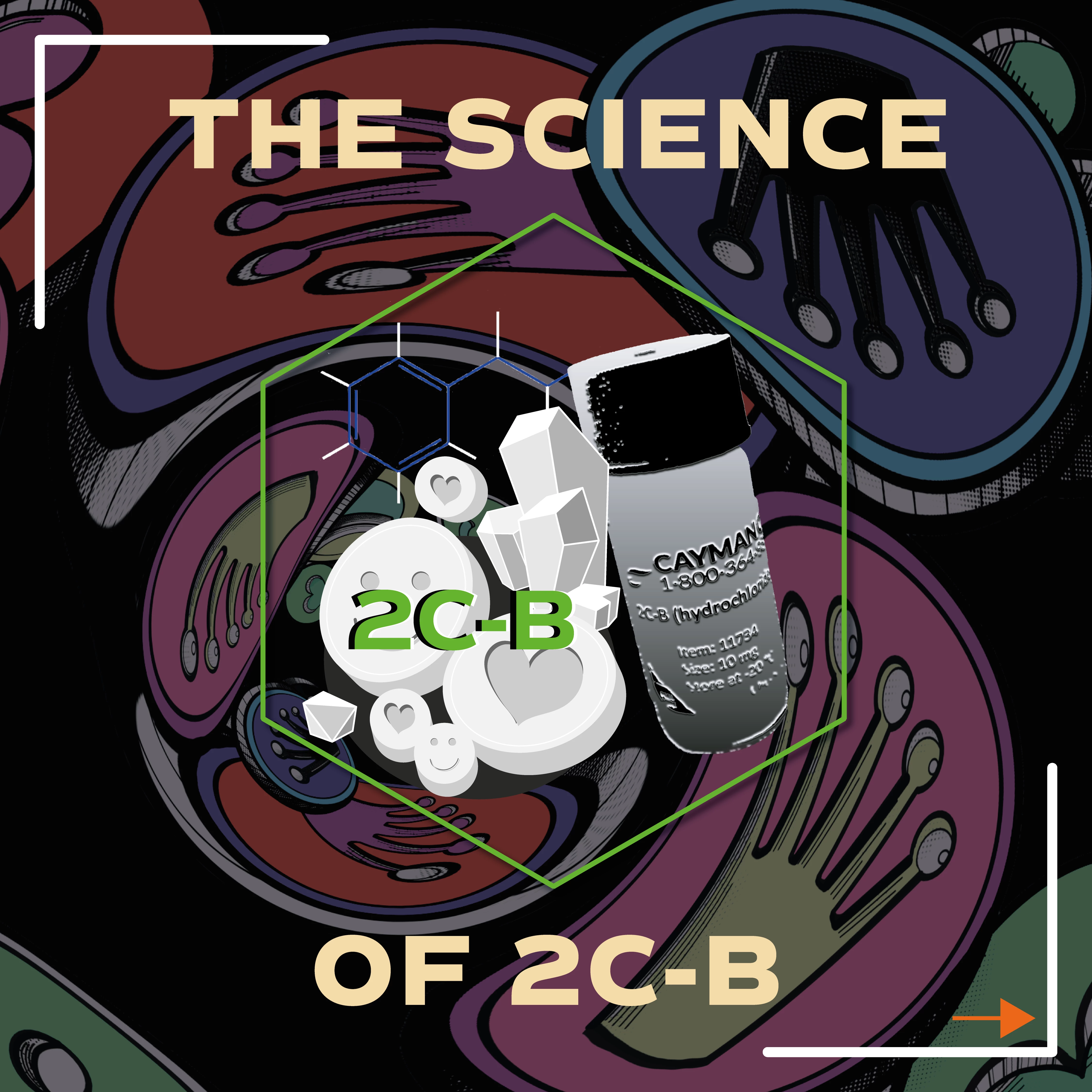
The Science of 2C-B
Blog articles about 2C-B (4-bromo-2,5-dimethoxy- phenylethylamine ) and the categories history, chemistry, pharmacology, medicinal use and the analysis.
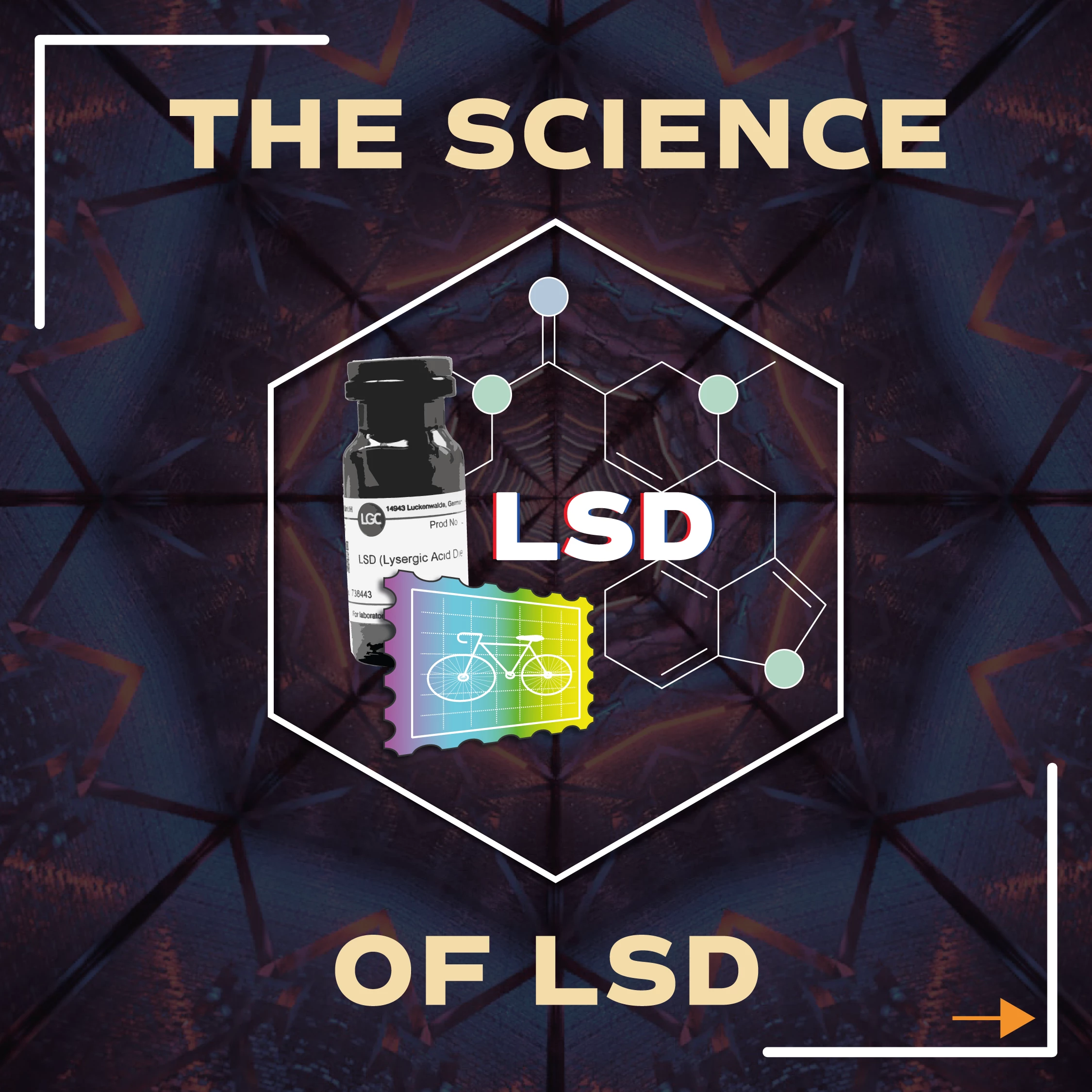
The Science of LSD
Blog articles about LSD-25 (lysergic acid diethylamide) and the categories history, pharmacology, medicine and the chemistry.
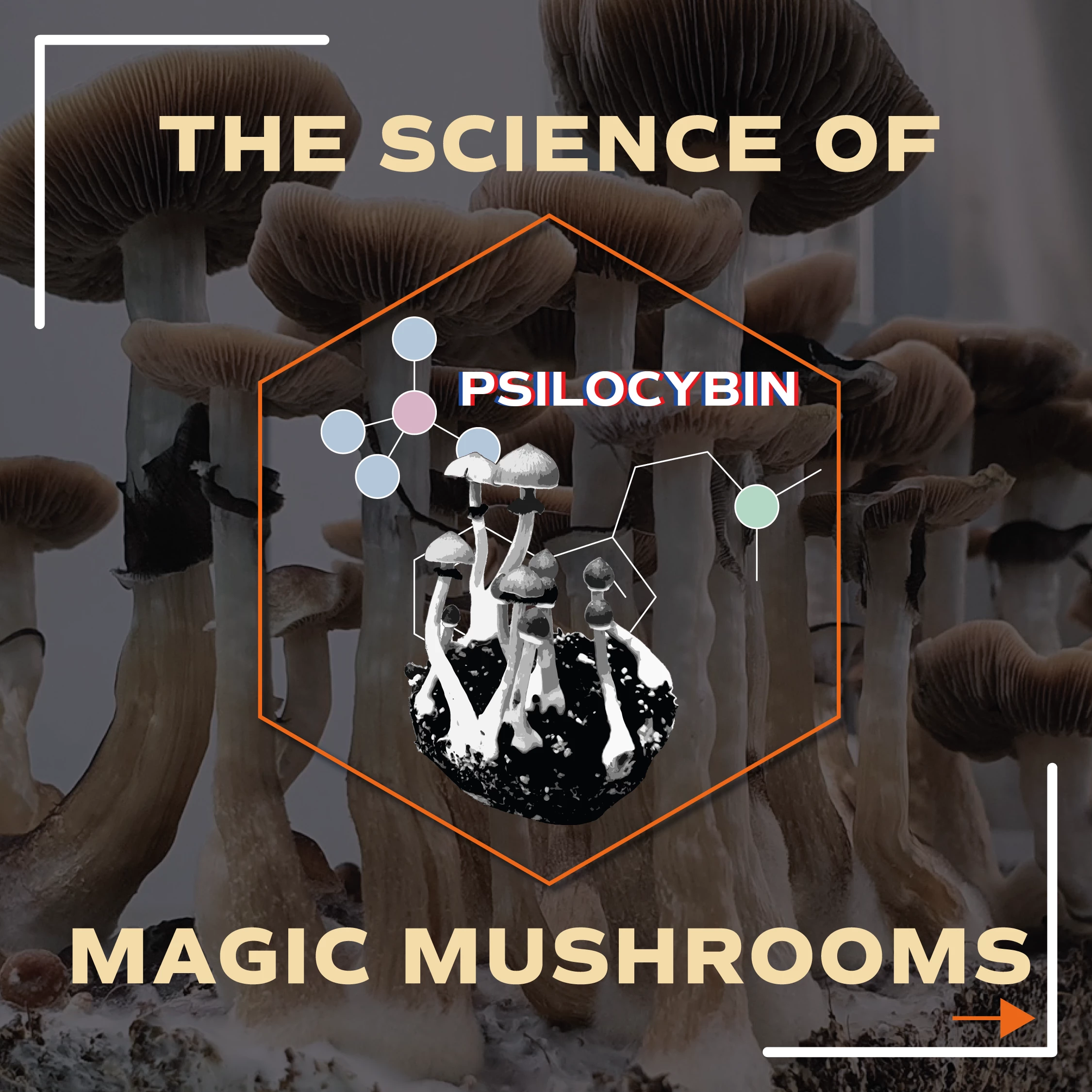
The Science of Magic Mushrooms
Blogartikel zu Magic Mushrooms und den Kategorien Biologie, Anthropologie, Medizinische Verwendung und Pharmakologie.